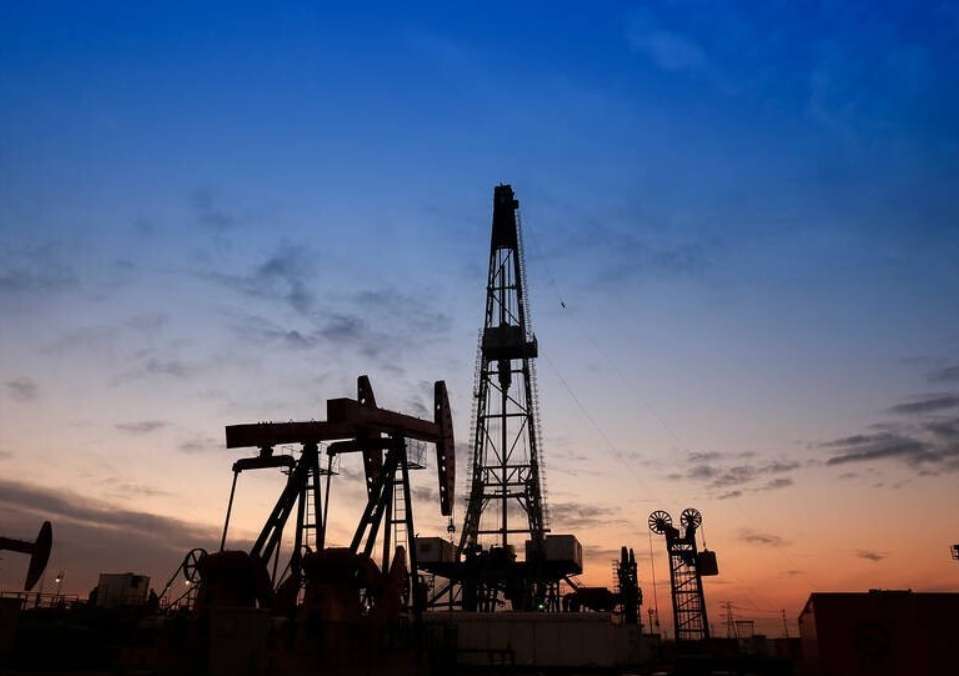- Financial Frontier
- November 26, 2024
China Oil Prices Defy Global Downtrend
Advertisements
In a recent move that has caught the attention of many consumers, the Chinese government announced a significant increase in domestic fuel prices. Effective immediately, the prices for gasoline and diesel have been raised by 750 yuan and 720 yuan per ton, respectively. This marks the sixth increase of the year, raising eyebrows among those who have observed a recent dip in international oil prices—from a peak of $139 per barrel to a considerably lower $107. The question on everyone’s mind is why, despite the favorable changes in global markets, China has opted to raise its fuel prices.
To understand this seemingly counterintuitive decision, it’s essential to delve into the mechanics of China’s fuel pricing system. Unlike some nations where prices may fluctuate daily or even hourly based on market conditions, China has a structured approach that links domestic prices to the average prices of crude oil on international markets. However, this relationship does not manifest instantly. China reviews its fuel prices every ten working days, basing adjustments on the average international oil prices during that period, compared to the previous ten-day average.
The last fuel price adjustment was made on March 4; therefore, looking at the trends within the ten days that followed reveals a sharp contrast. During this interval, Brent crude oil prices initially surged due to geopolitical tensions but then fell sharply, reflecting an overall decrease in average price to about $115 per barrel. In comparison, the prior pricing cycle showed an uptick in global oil prices from $93 to around $115. So, based on this average analysis, it becomes clear why the prices were increased despite the later drop in international prices.
This brings us to a crucial aspect of how price adjustment works in China. It is not uncommon for periods of unstable pricing dynamics to result in adjustments that seem at odds with immediate market trends. For instance, if a drop in international prices is followed by an uptick in the final trading days before a review period, a price hike can still occur. In a hypothetical scenario, suppose international prices fell initially, only to rebound in the last few days—this could lead to increased local prices despite an overall downward trend.
Looking ahead, what if international oil prices rise again? Would consumers face more hikes at the pump? This presents yet another layer of complexity to China's pricing policies. There is a cap on fuel prices for the protection of consumers. Should the global price exceed $130 per barrel, the Chinese government has indicated that it would not raise domestic prices further. This ceiling provides reassurance to consumers that there are limits to price increases, even when international markets are volatile.
Conversely, a pricing floor exists to protect domestic oil enterprises, which is set at $40 per barrel. If international prices should fall below that point, local prices would similarly be stabilized to prevent market disruption. For context, during the early phases of the pandemic in early 2020, international prices dropped below this threshold, but Chinese prices remained unchanged. This lack of a price adjustment created a unique situation where fuel prices were considerably lower than usual, making refueling cheaper for consumers.

As for the recent adjustments, how much more are consumers shelling out at the pump? Taking 92# gasoline as an example, the price per liter has increased by 0.6 yuan, leading to a terminal price of around 8.6 yuan per liter. For a standard 50-liter fuel tank, this translates to an additional 30 yuan cost per full tank, bringing the total to approximately 430 yuan. Similarly, for 95# gasoline, the increase sits at 0.64 yuan per liter, causing a total increase of about 32 yuan for the same tank size, with the total cost around 460 yuan. Diesel prices have also seen a hike, with an increase of 0.62 yuan per liter, leading to a price of approximately 8.39 yuan per liter.
While the adjustments vary slightly between cities, the overall impact remains consistent across the nation. Many consumers are now acutely aware of the marked increase in fuel prices compared to two years ago, when international prices were languishing at under $40 per barrel, and domestic prices were around 5 yuan. With international prices now hovering around $110, the local price increase has not mirrored that rise as starkly, sitting at around 9 yuan—a lesser change than expected, nearly balancing the inflation concerns for many. This perspective helps to ease the minds of consumers, dampening fears of unchecked price hikes in the face of rising production costs.
Leave a reply